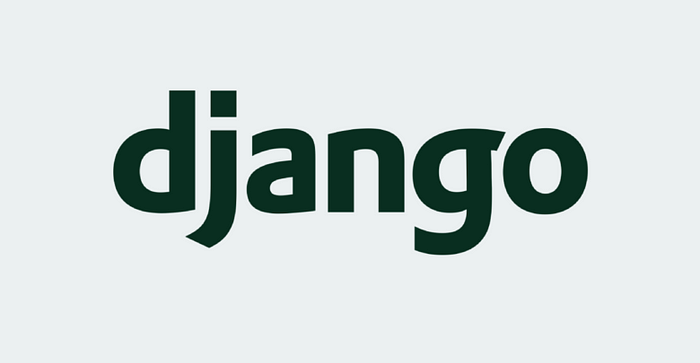I want to share very import Django ORM query in business logic which you can’t find easily in google search. English is not native language to my, so I hope you understand.

Easy part
You can get basic ORM query like Join, OrderBy, Aggregation(Sum, Count, Max) in django cookbook. So, easy part is done! yeah 😆
Difficult part
1. When you want to explicitly specify a column in Group by statement.
# sql queryselect item_no, sum(qty) as total_qty
from item
where delete=False
group by item_no
You can get same query by specifying columns in values() method and order_by() method.
# ORM queryItem.objects.filter(
deleted=False
).values(
'item_no'
).annotate(
total_qty=Coalesce(Sum('qty'), Value(0)),
).order_by(
'item_no'
)
2. When you want to get just one row in each group

Suppose a student has many score data, so score model has a student primary key for foreign key.
# Modelclass Student(Model):
student_no = IntegerField()
username = CharField(unique = True)class Score(Model):
score_no = IntegerField()
student_no = ForeignKey(Student)
date = DateTimeField()
score = IntegerField()
How can you only get the first row of a group?
# ORM queryScore.objects.order_by(
'student_no__username', '-date'
).distinct(
'student_no__username'
)
Sort by the date column of score data and query by student name.
Order is important (distinct column, order column) .
order_by(‘-date’, ‘student_no__username’) is impossible.
3. When you want to aggregate under a number of independent conditions in a single model.
# Modelfrom django.db import modelsclass ItemReview(Model):
pk = BigAutoField()
item_no = ForeignKey(Item)
point = IntegerField()
review_type = IntegerField() # 0: text, 1: photo
ItemReview model has various type. 0 is text review, 1 is photo review. How can you query the total number of reviews and the photo reviews at once?
# QuerySetfrom django.db.models import (Sum, Count, Case, When, Avg,
IntegerField, Value)ItemReview.objects.filter(
deleted=False
).annotate(
photo_review_type=Case(
When(
review_type=1,
then=1
), default=0, output_field=IntegerField()
)
).aggregate(
photo_review_count=Coalesce(
Sum('photo_review_type'), Value(0)
),
all_review_count=Coalesce(
Count('item_review_no')
),
average_point=Coalesce(
Avg('point'), Value(0)
),
)
Annotate function can generate new columns based on existing data, so add a column to check a review is photo type or not.
Aggregate function is that sum values of a column, so photo_review_count is sum of photo reviews.
4. Exists, Not Exists
Exists statement is very in sql.
select *
from a
where
exists(
select 1
from b
where b.example_no=a.example_no
)Using OuterRef, You can use function of exists in django.
subquery = B.objects.filter(
example_no=OuterRef('example_no')
)Specify the column to join in the main queryset in OuterRef function.
# Main querysetA.objects.filter.annotate(
joined_example_no=Exists(subquery)
).filter(
joined_example_no=True
)
Create a new column with subquery result and filter the annotated column.
5. When you want to update a model with aggregated values.
Suppose student and score model as you seen above.
# Modelclass Student(Model):
username = CharField(max_length=200,unique = True)
total_eng_score = IntegerField()
total_math_score = IntegerField()class Score(Model):
student = ForeignKey(Student)
date = DateTimeField()
score = IntegerField()
type = CharField() # type: eng, math
If you want to update total score to the student model.
# Aggregated subquerysetscore_aggr = Score.objects.filter(
student=OuterRef('student')
).values(
'student'
).annotate(
sum_eng_score=Coalesce(
Sum(
Case(
When(
type='eng',
then=F('score'),
),
default=0,
output_field=IntegerField()
)
),
Value(0)
),
sum_math_score=Coalesce(
Sum(
Case(
When(
type='math',
then=F('score'),
),
default=0,
output_field=IntegerField()
)
),
Value(0)
),
)
Specify student column to values() for group by and to OuterRef for subquery.
# Main querysetStudent.object.annotate(
aggr_total_eng_score=Subquery(
score_aggr.values('sum_eng_score')[:1],
output_field=IntegerField()
),
aggr_total_math_score=Subquery(
score_aggr.values('sum_math_score')[:1],
output_field=IntegerField()
),
).update(
total_eng_score=F('aggr_total_eng_score'),
total_math_score=F('aggr_total_math_score')
)
Annotate the result of subquery and declare the annotated columns to update function.
In addition, what if you wan to put conditions on the aggregated results?
Student.object.annotate(
aggr_total_eng_score=Subquery(
score_aggr.values('total_eng_score')[:1],
output_field=IntegerField()
)
).update(
total_eng_score=Case(
When(
aggr_total_eng_score__lt=0,
then=0
),
default=F('aggr_total_eng_score'),
output_field=IntegerField()
)
)You can use aggregate value in ORM like above example.
I have shared 5 ORM know-how I have about a year’s work. I hope this post to be helpful to you. 🤗 If you like it, please click Clap button.
